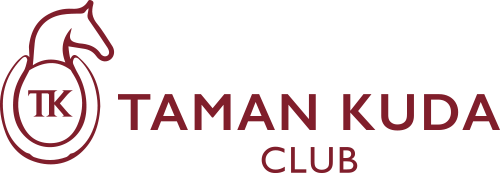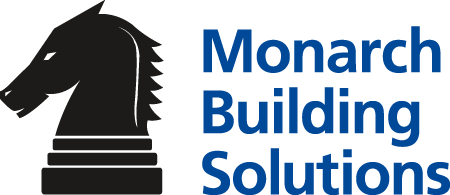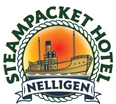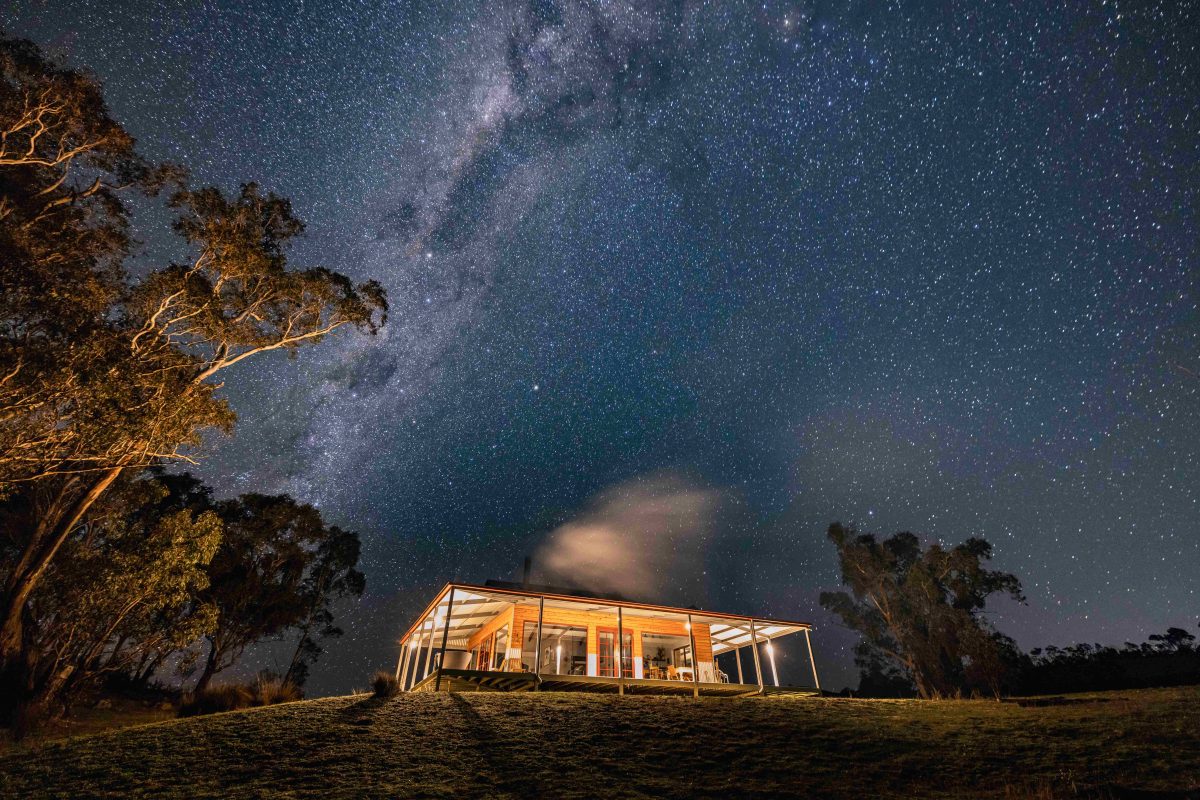
Kestrel Nest Eco Hut at night with the Milky Way overhead. Photo: Grant Hardwick.
Between Tumut and Wagga Wagga on the edge of the Snowy Mountains, an eco resort has become the first Australian accommodation to be internationally accredited as a “DarkSky lodging”.
The Kestrel Nest EcoHut – only a few kilometres off the Snowy Mountains Highway and two hours from Canberra – has been identified by non-profit DarkSky International as a site with “exceptional or distinguished quality starry nights”.
For owners Louise Freckelton and David Bray, the certification has been a boon for their business. Ms Frecklton said that on a good night their property was like nothing else.
“More stars than you can imagine, really … we get a beautiful, big splodge of Milky Way stretching across the sky,” she said.
“Then once you get your eyes in the whole place is just splattered with little tiny stars as well – you do have to give your eyes a chance to adjust. But then when they do, it’s quite extraordinary.”
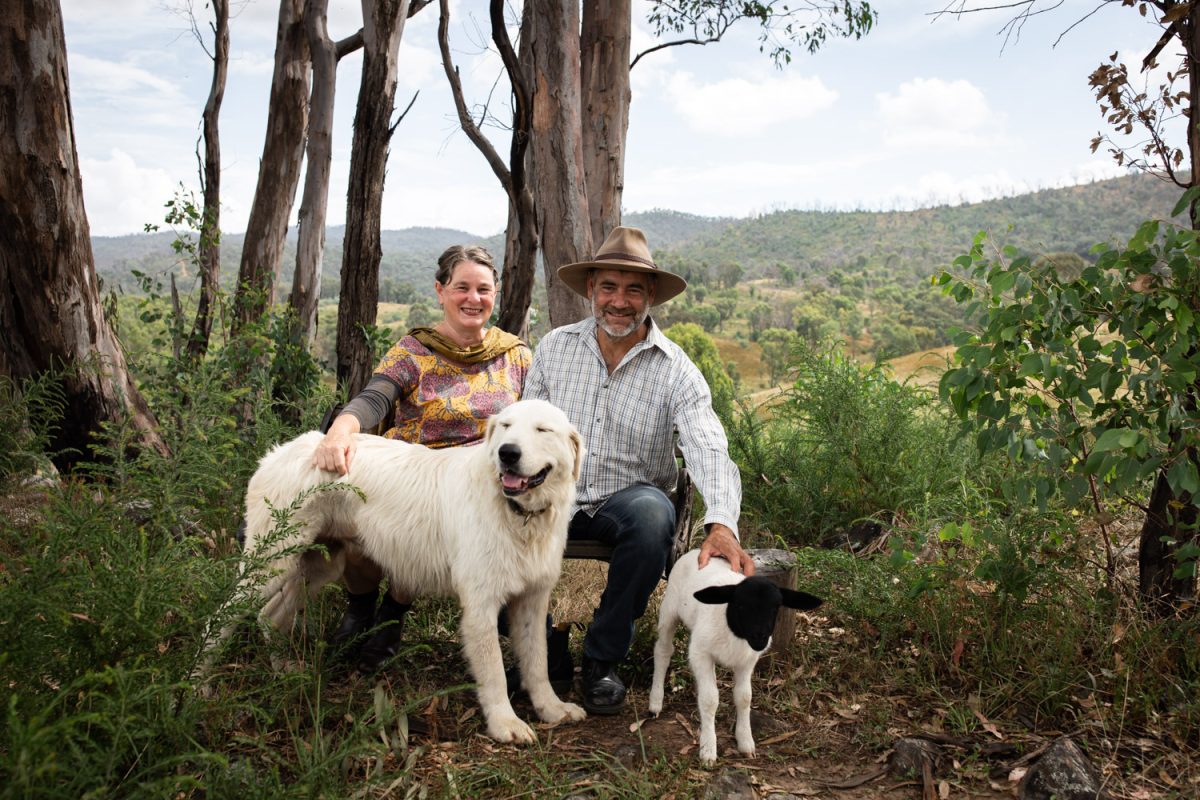
Ms Freckelton said they have had a huge increase in interest since becoming certified. Louise Freckelton with David Bray on their property. Photo: Supplied.
Becoming certified is about more than business for the pair. They said they wanted to raise awareness of DarkSky and its mission to tackle light pollution to help preserve the unique natural landscape of Australia.
DarkSky is a nonprofit that advocates for the preservation of areas with low light pollution around the world and promotes efforts to reduce the impacts of artificial lighting.
The group has six certifications: for parks, sanctuaries, reserves, urban areas, communities, and lodgings. It has certified more than 230 places around the world.
The organisation’s lodging certification – the category awarded to Kestral Nest – has only been awarded to nine businesses globally, and only one other in the Southern Hemisphere.
Ms Freckelton said it was quite an involved process to obtain the certification.
“One of the things you have to do is do a lighting inventory, basically a data sheet where you document all the lights on the property … against what’s called the five principles for responsible outdoor lighting,” she said.
“You have to do a two kilometre circuit around the lodge and identify the vulnerable habitat and the vulnerable species … And then you also have to do an outreach and education plan. It’s not good enough just to have the certification; you have to really pledge to become an advocate for dark skies.”
Australia is one of the least light-polluted countries on the planet. Despite this, most people will never see a truly dark sky. Our night sky is full of artificial light that washes out the stars.
According to estimates in the journal Science, two thirds of Australians live in very light polluted areas. On the east coast light pollution stretches almost unbroken from Brisbane to Melbourne.
It’s hard to find a darker sky than that over Kestrel Nest. The area is estimated to be a class two on the light pollution Bortle scale; one is the lowest.
The only darker skies you’ll find require long trips into the desert, the deep alpine backcountry or out to sea.
The growing impact of artificial lighting across the world makes the work of DarkSky important to Ms Freckelton.
“Light pollution is one of the most present pollutions, but also one of the easiest pollutions to reverse by not over illuminating, by having downward facing lights, by having warm coloured lights and only lighting where you really really need to light. Everyone can work towards reducing light pollution,” she said.
If you want to check out the Kestrel Nest EcoHut for yourself, you can book your stay here.



